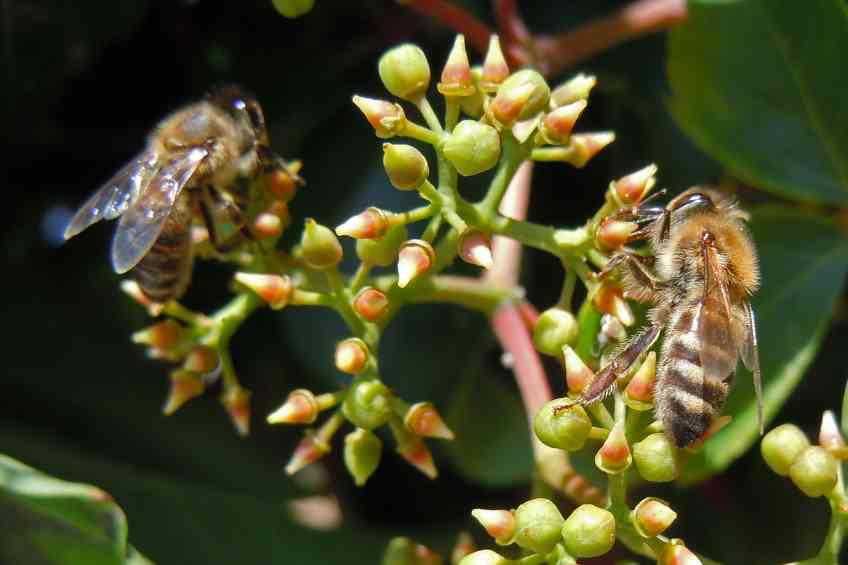By Barbara Krooss –
Honey is undoubtedly sweet and healthy, but is it deadly or dangerous? Well, it can be.
Yes, honey, that famous health food is so shelf-stable that sweet stuff bottled over 3,000 years ago for King Tutankhamun’s journey to the next world is still edible. Okay, chances are rare that anyone putting a dollop in their tea or anywhere else is likely to become ill or die. It has happened, especially with raw honey, which has a greater chance of including dangerous toxins or allergens than processed brands.
Admittedly, raw, unprocessed honey is specifically prized for its taste and nutrition. It contains pollen, royal jelly, beeswax and propolis that are lost in commercial honey’s filtration and pasteurization processes. Some varietal (single flower source) and raw honey may have specific health benefits. But they also hold dangers—some of them deadly.
The China Food and Drug Administration (CFDA) advised consumers to skip it after several people died after eating unprocessed raw honey in 2018.
The raw honey dangers come from toxic plants if they are predominant in bees’ foraging areas. The result, not surprisingly, is that the honey generated from these bees may accumulate a significant amount of natural toxins, according to Hong Kong’s Centre for Food Safety. The toxins most frequently causing problems include pyrrolizidine alkaloids, tutin and grayanotoxins and the honey involved usually comes from small-scale beekeepers or “wild honey” collected by jungle honey hunters. Commercially produced honey is far less of a concern because it is filtered and mixed significantly, reducing the already rare chance of containing toxins.
Dicey-honey effects and symptoms depend on the types and levels of the toxins involved but commonly involve nausea and vomiting. In severe cases, low blood pressure, shock or even death may occur.
In small doses, some toxins result in mad honey and psychotropic effects that some find attractive. Mad honey comes from rhododendron flowers in Turkey, Portugal, Spain, Brazil, Japan, Nepal and the United States. These concerns aside, rhododendron honey is a traditional Nepalese all-purpose remedy that is part of cough syrups, pain relievers, antiseptics and aphrodisiacs.
Another potential problem is raw honey allergy. It is rare, with an estimated incidence rate of under 0.001 percent. It is triggered by allergies to bees’ glandular proteins or allergies to plant pollen from the Compositae family, including ragweed, sunflower and sagebrush.
Symptoms range from mild itching to anaphylactic shock, according to MedicalNewsToday.com. Individuals allergic to pollen or have severe seasonal allergies, such as hay fever, should stick to processed honey since commercial processing filters out most offensive particles.
Even processed honey can present concerns in the form of manmade contaminants. For example, a 2020 study found 92 different pesticide residues were found in honey samples from 27 countries. Some of these pesticides were known to damage human reproductive systems. One way to circumvent this potential problem is to buy certified organic honey tested for pesticides and weed killers.
Ultimately, honey, even raw honey, is a pretty safe and healthy bet, but infants and those with honey or pollen allergies or compromised immune systems may want to pass. If unsure, warning signals include a taste of honey igniting a tingling sensation in the mouth or triggering allergies. Also, take note if honey results in nausea, vomiting and diarrhea. Deeper problems may be at hand.













